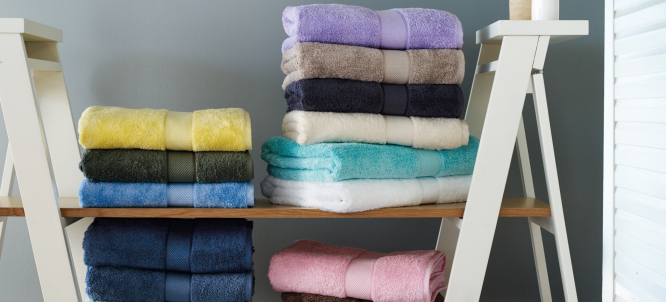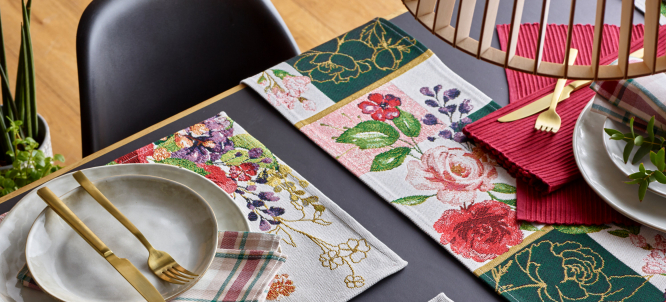How to Choose the Right Duvet?
Types of duvets according to filling, heat qualities, size and maintenance
Few things are more enjoyable than to cuddle in a soft, fluffy duvet in a cold night. In English the word “duvet” comes from the Norwegian word for fluff “dunn”. The French started using it and slowly it become a byword for blanket full of fluff.
Types of fillings
Natural down and feathers duvets. Traditionally, duvets are filled with fluff, soft feathers of waterfowl, such as ducks and geese. The light, fluffy fibers of down provide airspace, where the air is retained, as well as the heat and it is also very easy to regain shape after compression. The down is more expensive than the feathers, as goose down is considered the most luxurious type of filling. The natural filling of feathers or down is better than the synthetic versions, due to its properties to allow moisture to evaporate. The natural fibers are very light, which makes them perfect to sleep on.
The combination of down and feathers is very popular, since it is affordable. There are hypoallergenic duvets, which are specially designed to reduce allergic reactions.
Wool duvets. This natural material gives a high level of thermal insulation and in the same time allows the moisture from the body to evaporate for comfortable sleep. When it comes to prices they are similar with the down duvets.
Synthetic duvets. They are much cheaper compared with the down and wool duvets and are good alternative for people with allergies. The filling is usually from silicone pooh, which is made of synthetic (polyester) fibers. The main problem is they do not “breath” very well, like the rest.
Duvets fabric
The main criteria for the quality of the outer fabric of duvets is the number of threads per square centimeter, from which it is made of. This is very important for the duvets with natural filling of down/feathers, so that it would not come out. A higher number of threads per square centimeter means that the weave of the fabric is firmer and would hold on with time. It is recommended minimum 200 fibers per square centimeter. Most duvets are from 100% cotton, which has excellent “breathing” ability. The combination of cotton and polyester is also very popular and affordable.
Structure
The majority of duvets consist of squares, called partitions or boxes, which hold the filling evenly distributed over the entire duvet. The squares hold it so the filling does not move. There are two types - partition boxes, and boxes with stitch through all surfaces. The partition boxes have small boxes of fabric, sewn perpendicular to the outer fabric, thus allowing maximum space for air. In contrast, at the seam through the entire surface, upper and bottom outer fabric is simply sewn to each other without barriers. Duvets with partition boxes are the more expensive option.
Heat
The duvets heat degree is measured in conventional unit called TOG. Light and summer time duvets can vary between 3.0 and 4.5 tog. These duvets are perfect in the colder season for people who do not like too much heat while sleeping or whose homes are well heated. Duvets for spring and fall are between 7.0 and 10.5 tog. Winter duvets are typically between 12.0 and 13.5 tog.
Some manufactures offer a set of two duvets, one around 4.5 tog and the other around 9 tog. Those can be used separately for summer (4.5 tog) or for spring-autumn duvet (9.0 tog). When you combine them, by buttons in each end, you get a winter 13.5 tog duvet. Roxima Dream’s 3 in 1 duvets is such example.
The duvet heat degree should not be confused with its weight – one lightweight duvet, filled with down, have excellent heat-insulation qualities.
Sizes
You can find duvets in all sizes, most common are the single one (150x220), double (200x220) and super double (220x240). If you do not use bed bumper, it is better to get a bit bigger duvet so it could cover the bed and its sides.
Maintenance
With proper care, duvets can be with you for long time. Always follow the instructions for maintenance, shown on the label. Duvets with natural filling (down/feathers) must be given to dry cleaning. Most synthetic duvets can be washed in the washing machine as long as they fit in. It is good to wash the latter in washing machines with greater capacity and dry them together with tennis balls to regain their bulk, or dry them at the outside air instead. To keep the feathers/down in place, so you do not get cold spots in the duvet, they should be shaken regularly.
To protect the duvet from dirt and body fluids, it must be always used with a duvet cover. It will protect the duvet and you would need to wash it less often.
A good quality, beautiful duvet is an investment!












